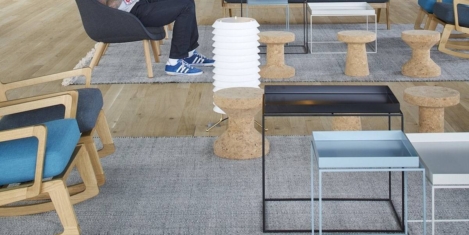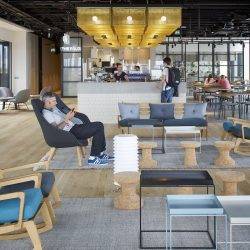November 12, 2016
Flexible working more important to employees than a company car, claims new BT research 0
 Flexible working and great mobile devices top employees’ list of perks but businesses are struggling to make it a reality, according to a new study from BT. Two thirds (67 percent) of UK office workers say mobile working is more important than a company car, and half now carry most of what they need to do their job in their bag, according to our latest research. However, despite their employees’ appetite for new flexible ways of working, organisations are still struggling with technology and budget limitations to make it a reality. ‘The mobile multiplier’ research, which independently surveyed 1,500 office workers in large organisations in France, Germany, Spain and the UK, claims we are already in a new era in which mobile and flexible working is no longer a perk but a staple requirement. Results show workers are keen to break away from the static office: Today’s office workers put flexible working top of a benefits package from the ideal employer, with 76 percent including it in their top three priorities.
Flexible working and great mobile devices top employees’ list of perks but businesses are struggling to make it a reality, according to a new study from BT. Two thirds (67 percent) of UK office workers say mobile working is more important than a company car, and half now carry most of what they need to do their job in their bag, according to our latest research. However, despite their employees’ appetite for new flexible ways of working, organisations are still struggling with technology and budget limitations to make it a reality. ‘The mobile multiplier’ research, which independently surveyed 1,500 office workers in large organisations in France, Germany, Spain and the UK, claims we are already in a new era in which mobile and flexible working is no longer a perk but a staple requirement. Results show workers are keen to break away from the static office: Today’s office workers put flexible working top of a benefits package from the ideal employer, with 76 percent including it in their top three priorities.
































November 10, 2016
If we want to maximise productivity and wellbeing, how many hours should we work? 0
by Mike James • Comment, Flexible working
(more…)